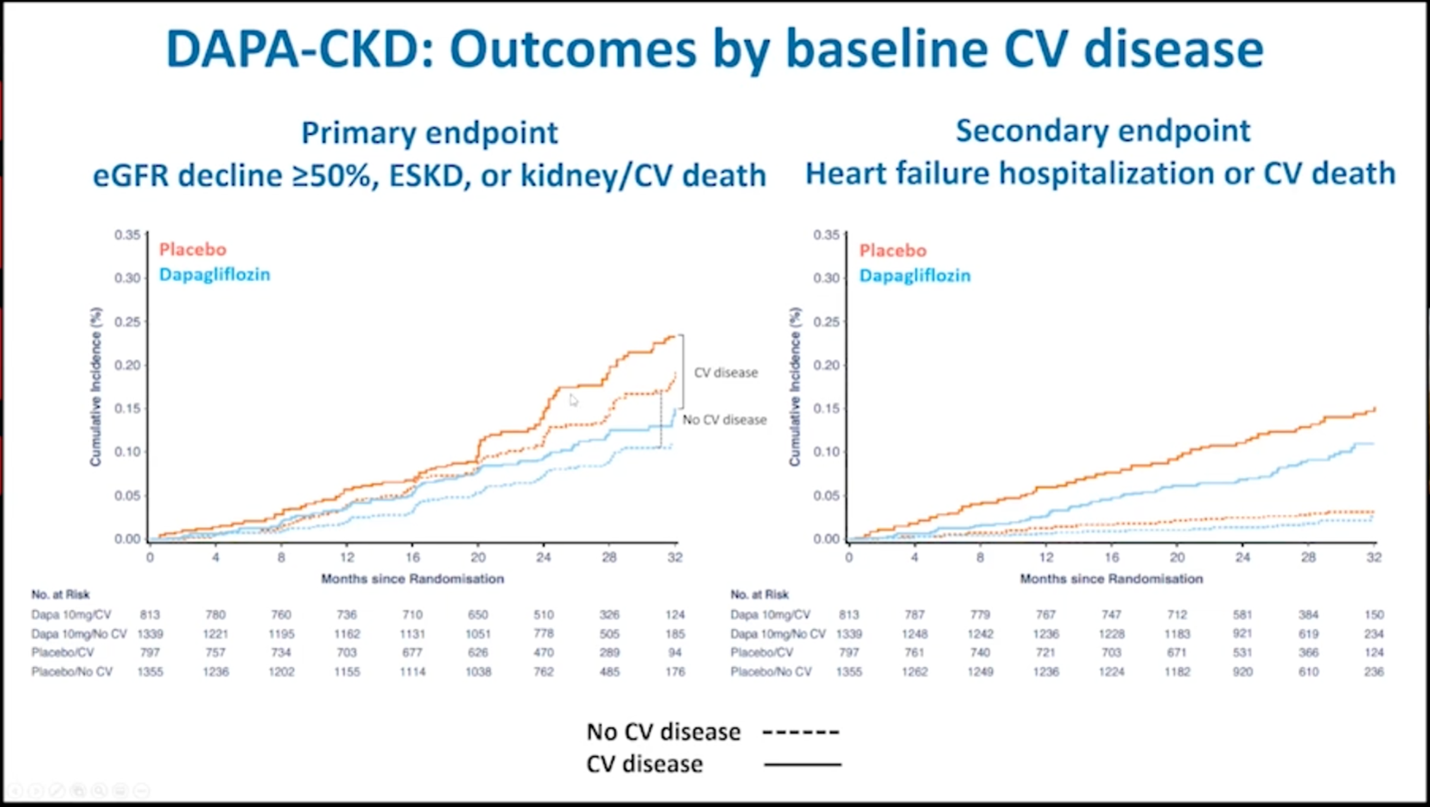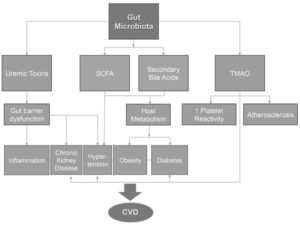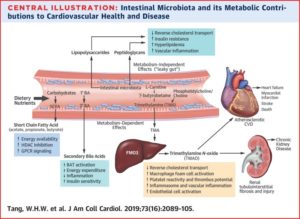Tips from TIPS-3: an International Polycap Study
The burden of cardiovascular disease (CVD) is increasing globally despite some favorable changes in epidemiology during the last three decades. Changes in the mortality rate of CVD are to some extent explained by changes in the main CVD risk factors. The burden of CVD across low- and middle-income countries (LMIC), now accounts for 75% of all CVD cases. Although the risk for CVD in LMIC is lower when compared to high-income countries, however, the morbidity and mortality from CVD is higher in LMIC. Access to more affordable and effective primary prevention strategies is needed to reduce the global burden of CVD. Strategies that are cost-effective, affordable by local economies, highly impactful, easy to adopt, and easy to implement across a wide range of healthcare settings are warranted.
Findings from the Late-Breaking Scientific session titled: “Bending the Curve for CVD: Precision or Polypill” or as known as the Polypill got me intrigued. In a statement by Dr. Prabhkaran he pointed out that there are immense opportunities to lower the risk of CVD by controlling blood pressure, lipids, and other modifiable risk factors that could reduce the global burden of CVD, yet we need to increase their use. Could Polypill be that innovation?
Fixed-dose combination polypill reduces CVD events by 21% in the intermediate score population.
Study Design
Patients were randomized in a 1:1 fashion to either a once-daily polypill (n=2,861) or a matching placebo (n=2,852), a total of 5,713 participants were enrolled that were followed up for up to 4.6 years. The mean age of participants was ~ 64 years and females constituted 53% of all study participants. The 2x2x2 trial compared a fixed-dose combination hypertension lowering agents + lipid-lowering components: atenolol 100 mg + ramipril 10 mg + hydrochlorothiazide (HCTZ) 25 mg + simvastatin 40 mg.
Principle Findings*
Overview
Results from TIPS-3 trial showed that a once-daily polypill (fixed-dose combination of simvastatin, atenolol, ramipril, HCTZ), reduced the risk of cardiovascular events by 21% at ~5 years among intermediate CV risk patients when compared to placebo. The study also highlighted that Polypill plus Aspirin beats polypill alone for primary prevention in individuals at intermediate risk for CVD.
Polypill vs. placebo: The primary outcome of CV death, myocardial infarction (MI), stroke, heart failure (HF), cardiac arrest, revascularization, was 4.4% vs. 5.5% (hazard ratio [HR] 0.79, 95% confidence interval [CI] 0.63-1.0).
CV death: 2.9% vs. 3.5%
MI: 0.6% vs. 0.9%
Stroke: 0.9% vs. 1.3%
Arterial revascularization: 0.4% vs. 0.9% (p < 0.05)
Secondary outcomes for polypill vs. placebo:
Mean difference in systolic BP: 5.8 mm Hg (5.1-6.4 mm Hg)
Mean difference in LDL-C: 19 mg/dl (17.3-20.8 mg/dl)
CVD/MI/stroke: 3.9% vs. 4.9% (p > 0.05)
All-cause mortality: 5.2% vs. 5.7%
Dizziness or hypotension: 2.7% vs. 1.1%
Secondary outcomes for aspirin vs. placebo:
All-cause mortality: 5.1% vs. 5.9%
International Society on Thrombosis and Haemostasis (ISTH) major bleeding: 0.7% vs. 0.7%
Gastrointestinal bleed: 0.4% vs. 0.4%
Combination of polypill + aspirin vs. double placebo: The primary outcome was 4.1% vs. 5.8% (HR 0.69, 95% CI 0.50-0.97).
CV death/MI/stroke: 3.6% vs. 5.3% (p < 0.05)
All-cause mortality: 5.2% vs. 6.5% (p > 0.05)
Stroke: 0.7% vs. 1.6% (p < 0.05
Given these results, Dr.Salim stated that “even if half the people who were eligible took this polypill we can prevent about 3 to 5 million people from getting a heart attack or stroke or dying from heart disease or stroke every year and the polypill we used cost about $0.50 per dose and is clearly cost-effective, maybe even cost-saving”.
The findings of the polypill trial are attractive because it seeks to provide major cardiovascular drug agents all in one simple pill minimizing drug non-compliance and thus improving cardiovascular outcomes, specifically among socioeconomically vulnerable communities with the largest health disparities and where use of these therapies is reduced. However, some might argue that this approach is contradicting the concept of precision medicine and might amount in overmedication a large group of people since many people in the target population may never experience a cardiovascular event. At the very end, it is important to emphasize that population-based and risk reduction-based strategies are not mutually exclusive
* Results adapted from JAAC: https://www.acc.org/Latest-in-Cardiology/Clinical-Trials/2020/11/11/21/14/TIPS-3
References
Yusuf S, Joseph P, Dans A, et al., on behalf of the International Polycap Study 3 Investigators. Polypill With or Without Aspirin in Persons Without Cardiovascular Disease. N Engl J Med 2020;Nov 13:[Epub ahead of print].
Presented by Dr. Salim Yusuf at the American Heart Association Virtual Scientific Sessions, November 13, 2020.
Presented by Dr. Prem Pais at the American Heart Association Virtual Scientific Sessions, November 13, 2020.
Muñoz D, Wang TJ. The Polypill Revisited: Why We Still Need Population-Based Approaches in the Precision Medicine Era. Circulation. 2019;140(22):1776-1778. doi:10.1161/CIRCULATIONAHA.119.043491
“The views, opinions and positions expressed within this blog are those of the author(s) alone and do not represent those of the American Heart Association. The accuracy, completeness and validity of any statements made within this article are not guaranteed. We accept no liability for any errors, omissions or representations. The copyright of this content belongs to the author and any liability with regards to infringement of intellectual property rights remains with them. The Early Career Voice blog is not intended to provide medical advice or treatment. Only your healthcare provider can provide that. The American Heart Association recommends that you consult your healthcare provider regarding your personal health matters. If you think you are having a heart attack, stroke or another emergency, please call 911 immediately.”


